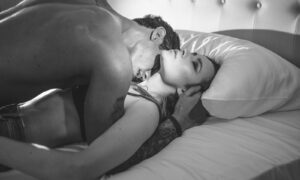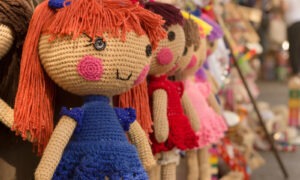It’s a land of wooden shoes, windmills, tulips and the home of children’s author Hans Christian Andersen. Famous paintings and music have come from this land and it played a role in the field of World War II. If you think of the Netherlands at all you likely never express fear of the land, people or symbols of this European nation. But for some the fear known as Dutchphobia is a real and present worry.
Danny Kaye and Shirley Temple either had roles in movies that were set in the Netherlands or included elements of this culture in their movies. A recognized story about the holocaust in the Netherlands called The Hiding Place has been read by millions.
There is rich history in this country, but for some the fear remains.
What Causes Dutchphobia?
The question itself seems almost strange. Why does anyone fear someone from another culture? The feelings can be personal. For example they might have experienced issues with someone of Dutch descent that caused them to fear. I suppose the fear could be related to World War II, but in most cases the fear of any culture is lodged in a lack of understanding about the culture.
This may include language barriers, regional customs, music, history or even location.
The fear can be derived from the input (intentional or otherwise) of someone in your past. A family member may have routinely said they mistrusted a neighbor of Dutch descent. While you never knew why they weren’t trusted you may have concluded they weren’t to be trusted. That mindset can lead to a lifetime of fear.
What are the Symptoms of Dutchphobia?
As with most phobias the easiest ‘out’ is to simply avoid that which you fear. In the case of all things Dutch they can be somewhat easier to avoid than more common fears such as spiders, mice or dogs. The phobic personality may avoid clogging events, Dutch history museums and programs that deal with the Dutch people. It doesn’t solve the problem, but visible anguish of these events can be a strong signal that a phobia may be present.
Other symptoms may also include…
- Panic attacks
- Visible anxiety
- Nausea
- Trembling
- Air hunger
- Weeping
- Elevated heart rate
- The urge to flee
The symptoms of this phobia may not represent what may be viewed as a rational response. This is never the point of a phobia. The irrationality itself is always a key sign that a strong emotional response is part of the makeup of a phobic. As such they find it difficult to control their response.
How to Overcome Dutchphobia
When phobic individuals can take the time to rationally explore the potential of understanding the object of their fears they may be able to see a phobic response isn’t really required. Knowledge is powerful in turning fear, but there may need to be a therapist who can help turn the fear. This is true because the brain of a phobic is wired to always respond emotionally to the object of their fear. If it can be retrained to consider the object rationally then at the very least the intensity of the fear may be greatly reduced.
The fear of the Dutch is also referred to as:
- Dutch fear
- Dutchphobia




















